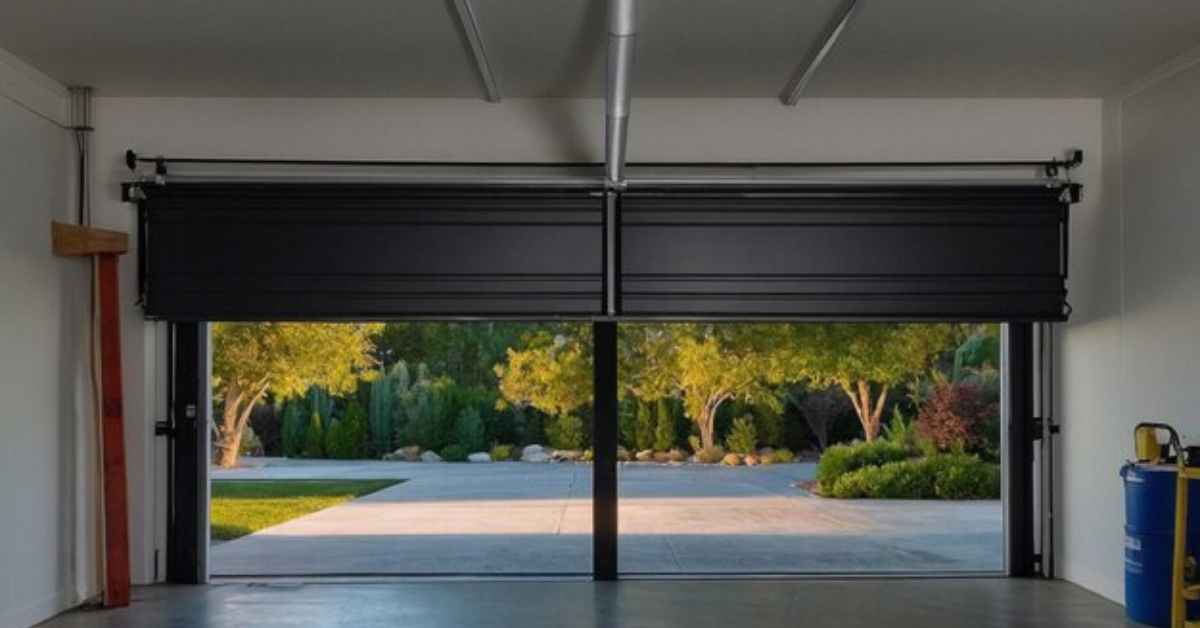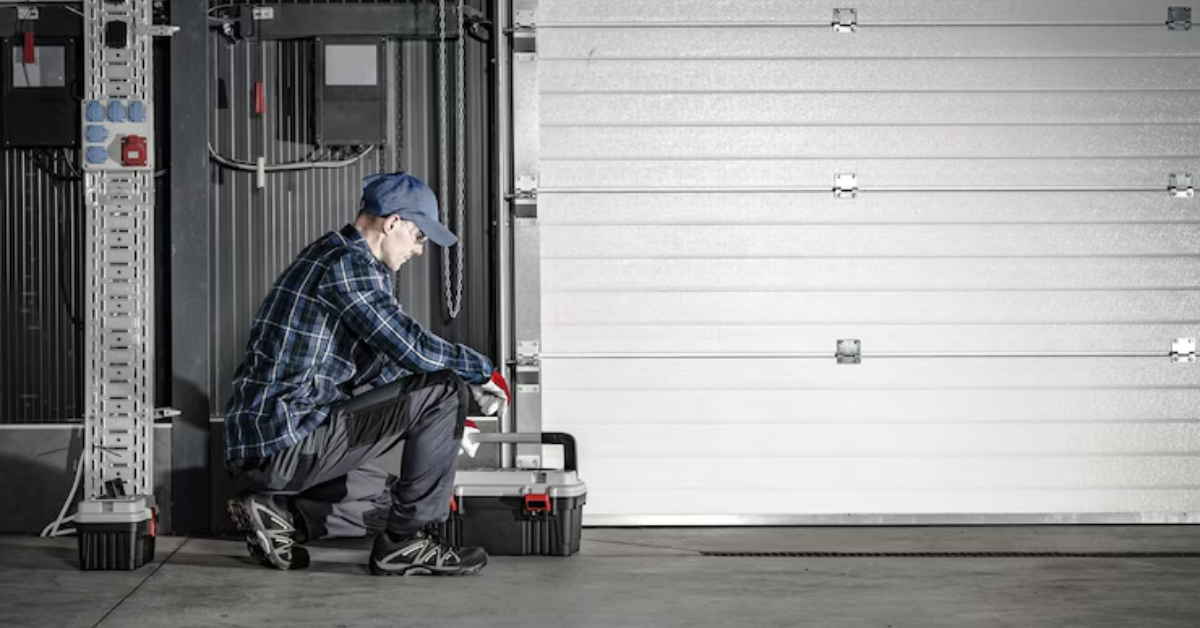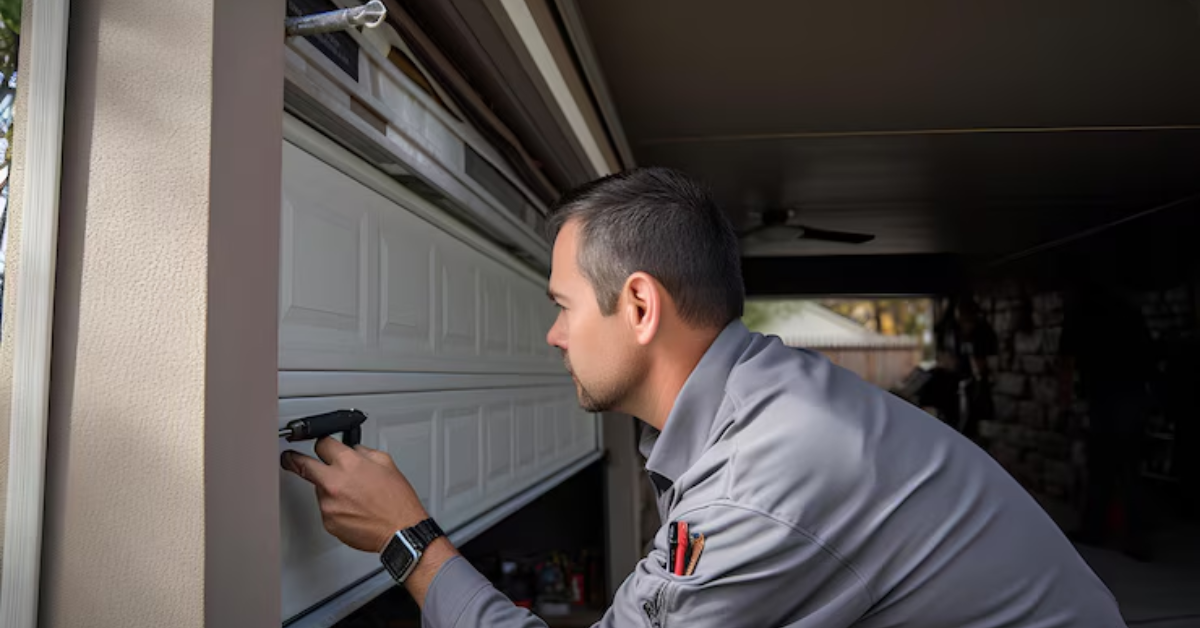How Do Automatic Garage Doors Work?
Automatic garage doors have become a staple in modern homes, offering a seamless blend of convenience, security, and ease of use. Unlike traditional manual garage doors, which require physical effort to lift and lower, automatic doors operate with the simple push of a button, making them an essential upgrade for many homeowners. Whether you're arriving home after a long day or leaving in a hurry, the ability to open and close your garage door effortlessly enhances both comfort and safety.
Beyond convenience, automatic garage doors also provide enhanced security, protecting vehicles, tools, and personal belongings stored in the garage. Many models come equipped with advanced features such as rolling code technology, motion sensors, and smart home integration, allowing users to control their doors remotely from their smartphones.
But have you ever wondered what goes on behind the scenes to make an automatic garage door function so smoothly? Understanding the mechanics behind these doors can help homeowners troubleshoot common issues, extend the lifespan of their system through proper maintenance, and make informed decisions when purchasing or upgrading a garage door opener. In this article, we’ll break down the key components, how they work together, and why regular upkeep is essential to keeping your garage door operating efficiently.
The Basic Components of an Automatic Garage Door
To understand how an automatic garage door operates, it’s essential to know its key components. These include:
- Garage Door Opener: The motorized unit responsible for opening and closing the garage door.
- Remote Control & Keypad: Devices used to send signals to the garage door opener.
- Sensors: Safety features that prevent the door from closing if an obstruction is detected.
- Torsion Springs & Extension Springs: These help balance the door’s weight, making it easy to lift.
- Tracks & Rollers: Ensure the smooth movement of the door as it opens and closes.
- Drive Mechanism: Can be chain-driven, belt-driven, or screw-driven, determining how the door moves.
How Automatic Garage Doors Function
The operation of an automatic garage door involves a combination of mechanical and electronic systems that work seamlessly to open and close the door.
1. Signal Transmission and Activation
When you press the garage door remote or enter a code on the keypad, it sends a radio signal to the garage door opener. The opener contains a receiver that processes this signal and activates the motor to initiate movement.
2. Motorized Movement
The opener’s motor powers a drive mechanism—either a chain, belt, or screw—which moves the trolley attached to the door. This movement either lifts the door open or pulls it closed.
3. Spring-Assisted Operation
Garage doors are heavy, and lifting them manually or with a motor alone would require significant effort. Torsion or extension springs store mechanical energy and provide assistance by counterbalancing the door’s weight, making it easier for the motor to move the door.
4. Guided by Tracks and Rollers
As the door opens or closes, rollers move along tracks installed on both sides of the garage. These ensure a smooth and controlled motion.
5. Safety Sensors and Auto-Reverse Mechanism
Most modern automatic garage doors include photoelectric sensors, which project an invisible beam across the garage door’s opening. If an object, pet, or person interrupts the beam while the door is closing, the door automatically stops and reverses to prevent accidents.
6. Limit Switch and Final Positioning
The garage door opener is programmed with limit switches that determine how far the door should open and close. Once the door reaches its fully opened or closed position, the motor stops running to prevent unnecessary strain.
Types of Garage Door Drive Mechanisms
The method by which an automatic garage door opens and closes depends on its drive mechanism. Here are the most common types:
- Chain Drive: Uses a metal chain to move the door. It’s affordable but can be noisy.
- Belt Drive: Uses a rubber belt for a quieter, smoother operation. Ideal for homes with attached garages.
- Screw Drive: Uses a rotating threaded steel rod to move the door. Requires less maintenance but can be slower.
- Direct Drive: Features a stationary motor that moves along the track, providing quieter operation with fewer moving parts.
Benefits of Automatic Garage Doors
Installing an automatic garage door provides several advantages:
- Convenience: No need to lift heavy doors manually—just press a button.
- Enhanced Security: Many systems include rolling code technology, which changes the access code each time the remote is used, preventing hacking.
- Safety Features: Auto-reverse mechanisms and motion sensors reduce the risk of injury.
- Weather Protection: Many automatic doors offer insulation, helping to regulate indoor temperatures and protect vehicles and belongings from harsh weather.
Common Issues and Troubleshooting
Even though automatic garage doors are built for reliability, they can develop issues over time. Here are some common problems and how to address them:
- The garage door won’t open or close: Check the remote batteries, ensure the opener is plugged in, and verify that the safety sensors are not blocked.
- Unusual noises: Grinding or squeaking sounds may indicate worn-out rollers or a lack of lubrication on the tracks.
- Door reverses unexpectedly: The safety sensors might be misaligned or obstructed. Cleaning them or adjusting their position usually fixes the issue.
- Sluggish movement: Cold weather or poor lubrication may cause the door to move slower than usual. Applying lubricant to the moving parts can help.
Maintenance Tips for Longevity
Regular maintenance ensures the smooth operation of an automatic garage door and extends its lifespan. Here are some maintenance tips:
- Lubricate moving parts (chains, rollers, and tracks) every few months.
- Check and tighten hardware such as bolts and brackets.
- Test the safety sensors periodically to ensure they function correctly.
- Keep the tracks clean to prevent debris from affecting movement.
- Inspect the springs for signs of wear or damage. If they appear weak or broken, seek professional repair, as handling high-tension springs can be dangerous.
Conclusion
Automatic garage doors are a modern convenience that offers ease of use, security, and enhanced safety features. They operate through a combination of sensors, motors, springs, and drive mechanisms that work together to lift and lower the door seamlessly. Whether you’re installing a new garage door or troubleshooting an existing one, understanding its mechanics and performing routine maintenance can help keep it functioning efficiently for years to come.




